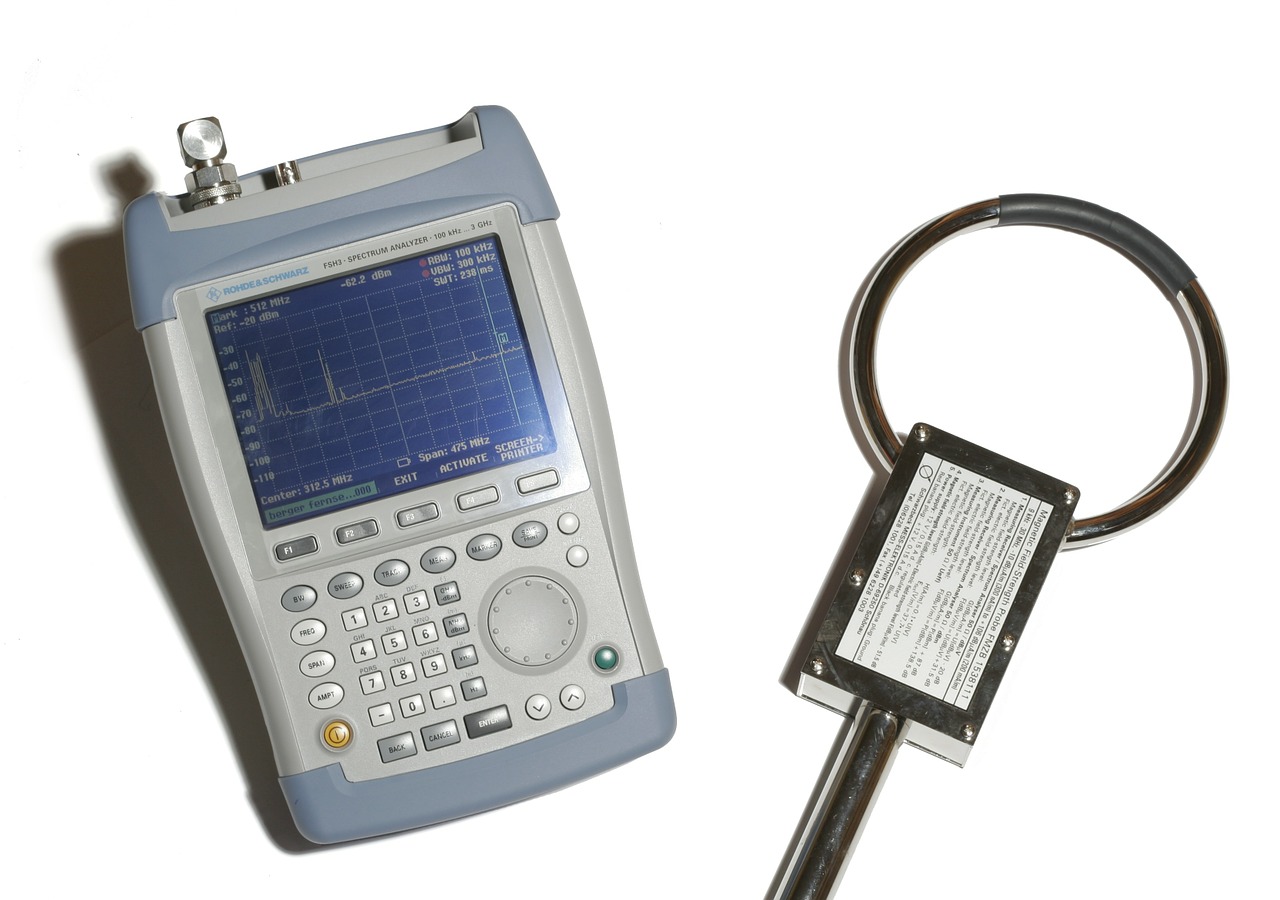 For sufferers of Barrett’s Esophagus, simple acts such as eating may be difficult. The precancerous condition affects the esophagus, making swallowing and coughing painful experiences. Thankfully, there is an safe, simple and effective treatment available: radiofrequency ablation therapy.
For sufferers of Barrett’s Esophagus, simple acts such as eating may be difficult. The precancerous condition affects the esophagus, making swallowing and coughing painful experiences. Thankfully, there is an safe, simple and effective treatment available: radiofrequency ablation therapy.
Here are five things to know about this revolutionary procedure, practiced and performed by Peyton P. Berookim, MD, FACG, of the Gastroenterology Institute of Southern California.
1. WHAT DOES RADIOFREQUENCY ABLATION THERAPY TREAT?
While radiofrequency ablation therapy is used as treatment for many maladies, especially Barrett’s Esophagus, an esophageal disorder that can lead to cancer. The disorder is caused by stomach acid in the lower parts of the digestive tract damaging the lower esophagus, increasing the risk of esophageal cancer in patients. Radiofrequency therapy targets only the diseased cells, leaving the healthy ones intact.
2. HOW DOES THE PROCEDURE WORK?
The technology used in radiofrequency ablation therapy is more precise and safer than those found in other, more traditional treatments. Also called the HALO system, endoscopic radio frequency utilizes technology that offers a level of precision, control, and safety that was previously unheard of when dealing with Barrett’s Esophagus patients.
During radiofrequency ablation therapy, the patient is sedated. A catheter is then inserted into the patient’s throat and radiofrequency energy is applied to, and only to, the damaged tissue. After the pre-cancerous esophageal cells have been eliminated, healthy cells begin to grow in their place. The entire procedure takes place in as little as thirty minutes, and since it’s an outpatient procedure, patients are allowed to go home immediately after.
3. WHO NEEDS RADIOFREQUENCY ABLATION THERAPY
People afflicted with Barrett’s Esophagus are the prime candidates for radiofrequency ablation therapy, but the treatment is also ideal for people at risk of developing the disease. Risk factors for developing Barrett’s Esophagus and symptoms of the disease include:
- Age: Though people of any age can develop Barrett’s Esophagus, the risk is exponentially higher in older individuals.
- Family history: As with any disease, family history plays a crucial role in determining a patient’s risk for contracting the disease themselves. Those with a family history of Barrett’s Esophagus are clearly more at risk than others, and should therefore take more precaution.
- Frequent heartburn: Because stomach acid can destroy the architecture of the cells in the esophagus, a constant feeling of heartburn is symptomatic of the disease.
- Vomiting blood: An unsightly and alarming sign, blood in vomit is one symptom of Barrett’s Esophagus. The blood is due to the weakened and diseased cells lining the esophagus, which radiofrequency ablation therapy specifically targets.
Other risk factors for Barrett’s Esophagus are gender (women are three times more likely of developing the disease than men), race (the disease is more prevalent among Caucasians), and smoking.
4. ARE THERE ANY RISKS TO THE PROCEDURE?
Due to the technology used in radiofrequency therapy, physicians are able to exhibit an incredible level of precision and control, making the treatment extremely safe. And since radiofrequency ablation therapy can stop preventable esophageal cancer from developing, there’s more risk of not going through the procedure than there is otherwise.
5. WHERE CAN I MAKE AN APPOINTMENT?
Peyton P. Berookim, MD, FACG, of the Gastroenterology Institute of Southern California, is a double board-certified gastroenterologist who offers radiofrequency ablation therapy. Call Dr. Berookim at 310-271-1122 to schedule a procedure today.
Next, read about upper endoscopy.



 For sufferers of Barrett’s Esophagus, simple acts such as eating may be difficult. The precancerous condition affects the esophagus, making swallowing and coughing painful experiences. Thankfully, there is an safe, simple and effective treatment available:
For sufferers of Barrett’s Esophagus, simple acts such as eating may be difficult. The precancerous condition affects the esophagus, making swallowing and coughing painful experiences. Thankfully, there is an safe, simple and effective treatment available: